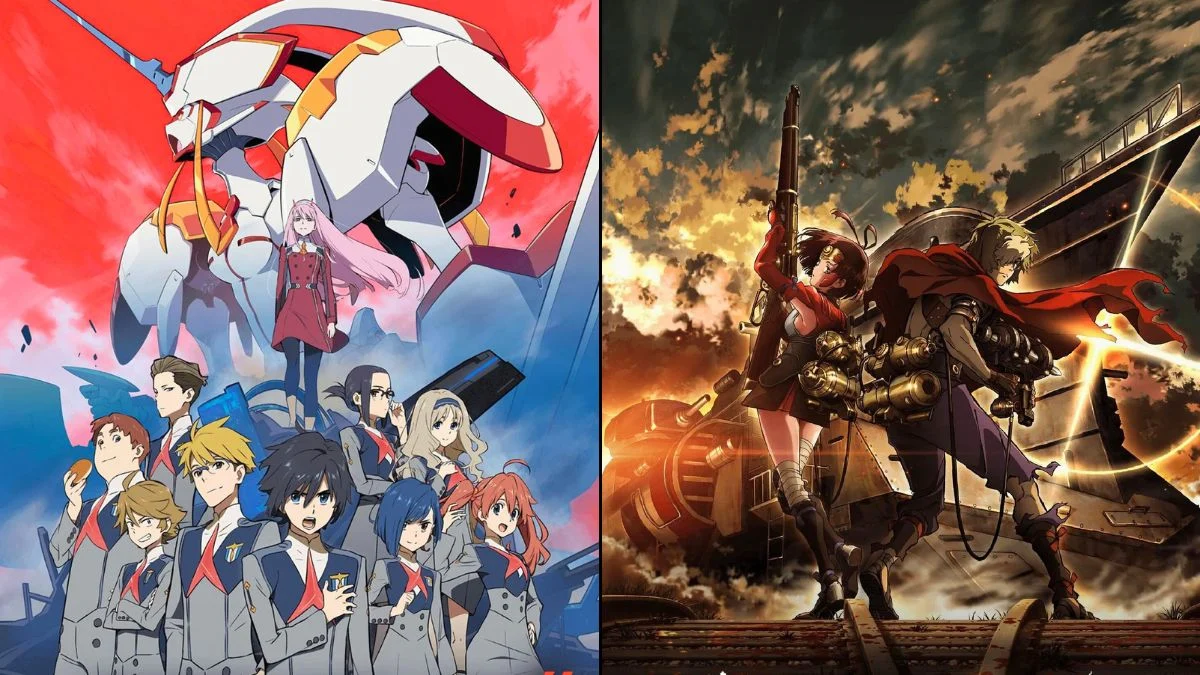
Sometimes anime feel instantly recognizable because they borrow ideas – like character setups, power systems, or plot points – that have been successful in other shows. This isn’t necessarily a bad thing; it just means you can often predict what’s going to happen, especially when a character starts explaining how the world works.
This collection of shows demonstrates how current series often revisit familiar themes and ideas. You’ll find specific examples of how newer shows echo older ones, whether it’s through similar plot points like test-taking scenarios, team structures, giant robot designs, or the rules of survival-based games. Consider this a helpful guide to recognizing patterns and familiar elements while you watch.
‘Black Clover’ (2017–2021)

Black Clover is a magical adventure where powerful teams compete to improve. The story centers on an enthusiastic but initially powerless hero who dreams of becoming the best. It follows a familiar formula seen in popular anime like Naruto and Fairy Tail, with elements like challenging entrance exams, mission-based rankings, and a naturally talented rival.
Honestly, watching this show feels a little familiar. It uses a lot of the same ideas we’ve seen before in other action anime. Like, gaining new abilities is basically unlocking special moves, the captains are clearly inspired by strong squad leaders from other series, and our hero’s power to negate magic? That’s a classic trope – a weakness turned into a strength. It all adds up to a formula that’s been used quite a bit, and it’s easy to see the similarities to other battle anime systems.
‘Kabaneri of the Iron Fortress’ (2016)
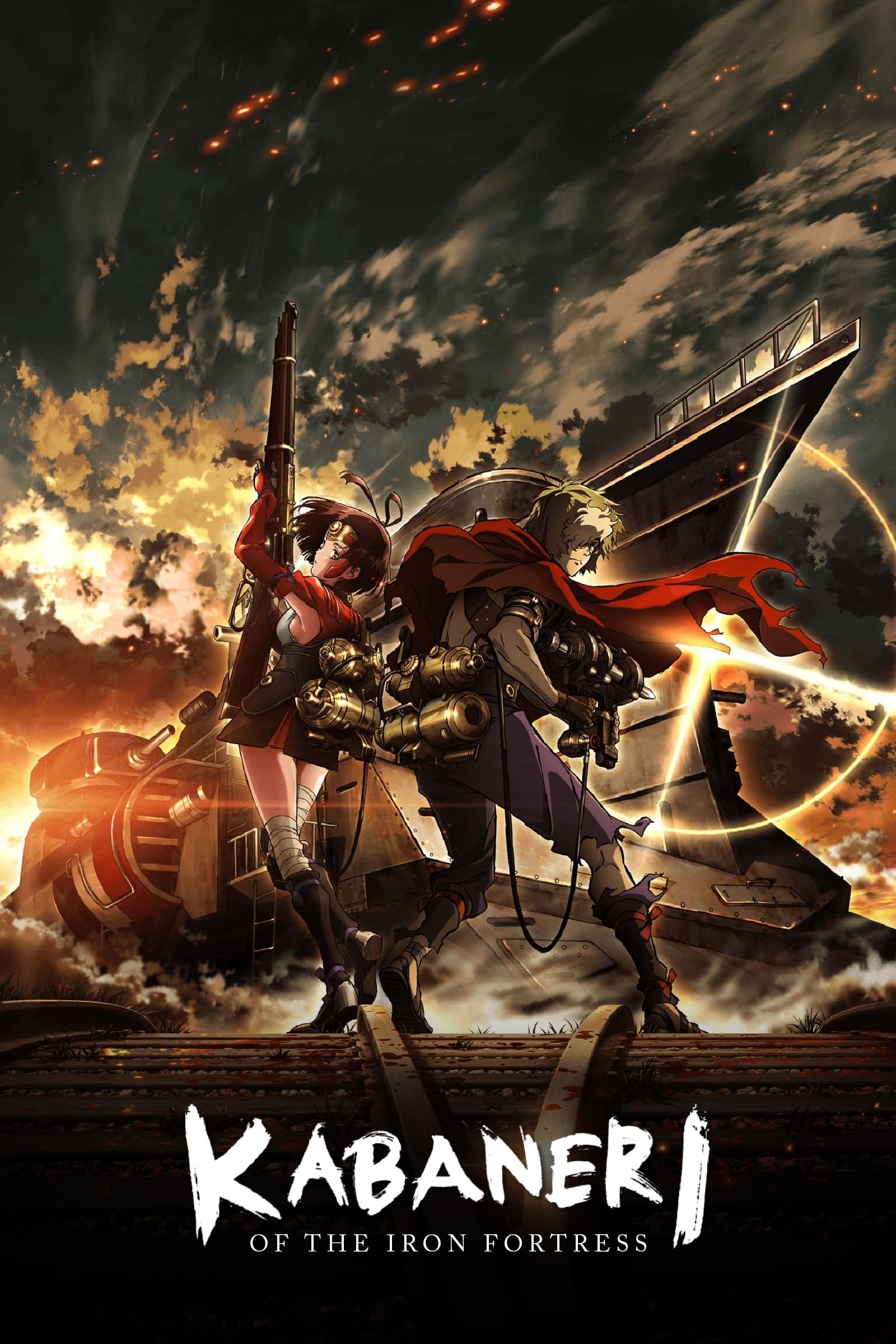
‘Kabaneri of the Iron Fortress’ features a city under attack by terrifying creatures, and skilled warriors use special equipment to fight them in dynamic ways. Like the beginning of ‘Attack on Titan’, the story often revolves around the cycle of being invaded, falling back, and then fighting back – with a train serving as a moving fortress. The series even starts with a similar shocking and devastating event.
The show’s structure is similar to what we’ve seen before, featuring teams with specialized equipment, a main character with a complex background tied to the opposing side, and dramatic action sequences where one event sets off a chain reaction. Like the previous series, it also focuses on the challenges of moving between bases and the constant struggle to manage limited resources.
‘Darling in the Franxx’ (2018)
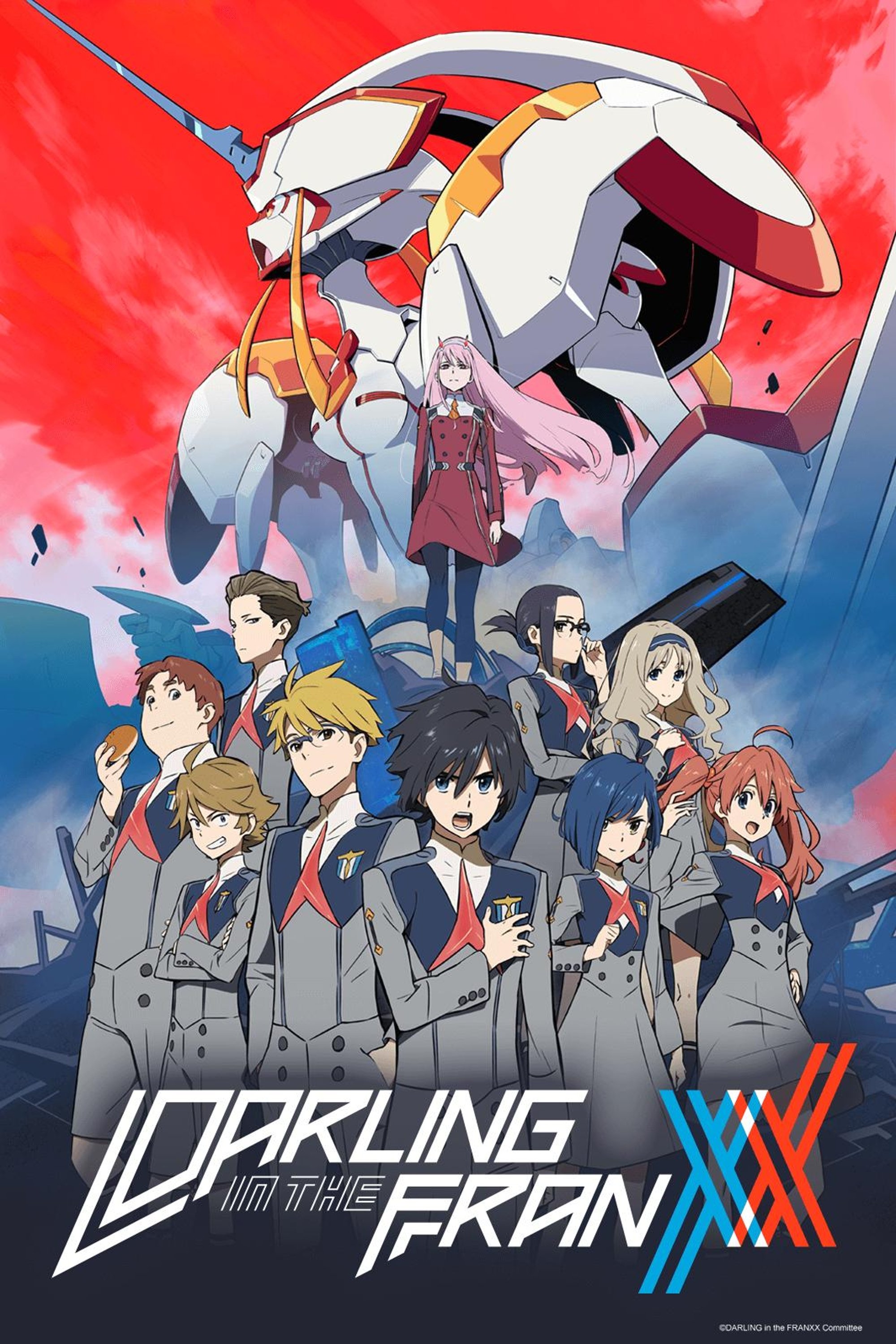
Like ‘Neon Genesis Evangelion’, ‘Darling in the Franxx’ is a story about teenagers growing up while piloting giant robots. The show features young pilots working together to control these robots, while adults around them hide the truth. The battles themselves often represent the characters’ struggles with who they are. Many viewers will notice a familiar pattern in how the show reveals its world and trains its characters.
The show borrows familiar elements from other stories. Close-quarters scenes build relationships between characters, each monster presents a new emotional challenge, and key plot twists later on change how we understand the war’s origins. Even the organization’s traditions and how patrols are scheduled echo patterns established in classic mecha anime and shows.
‘Aldnoah.Zero’ (2014–2015)
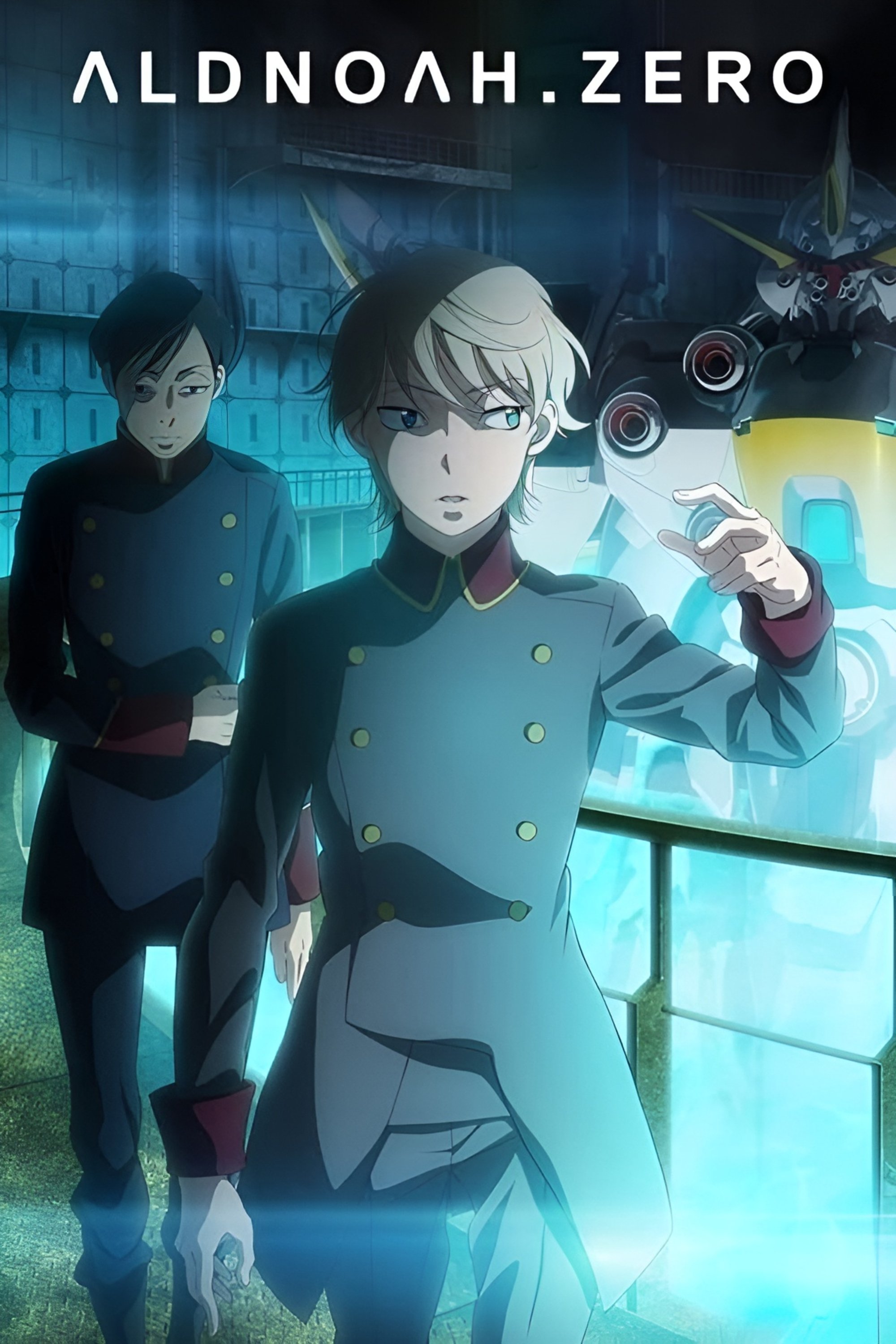
‘Aldnoah.Zero’ explores the classic conflict between an off-world empire and Earth, a theme familiar from shows like ‘Mobile Suit Gundam’. The story centers on a significant power imbalance – only the empire can use advanced technology. This forces Earth’s forces to improvise and build makeshift solutions, while the empire utilizes specialized and powerful units, creating a weekly challenge of tactical ingenuity.
The show brings back familiar elements, like a plot that starts with a politically motivated assassination and a narrative that switches between the viewpoints of a calm, calculating leader and their more fortunate opponent. Expect a pattern of intense battles, failed negotiations, and one-on-one fights with well-known enemy pilots – a structure that fans of classic mecha stories will likely recognize.
‘The Asterisk War’ (2015–2016)
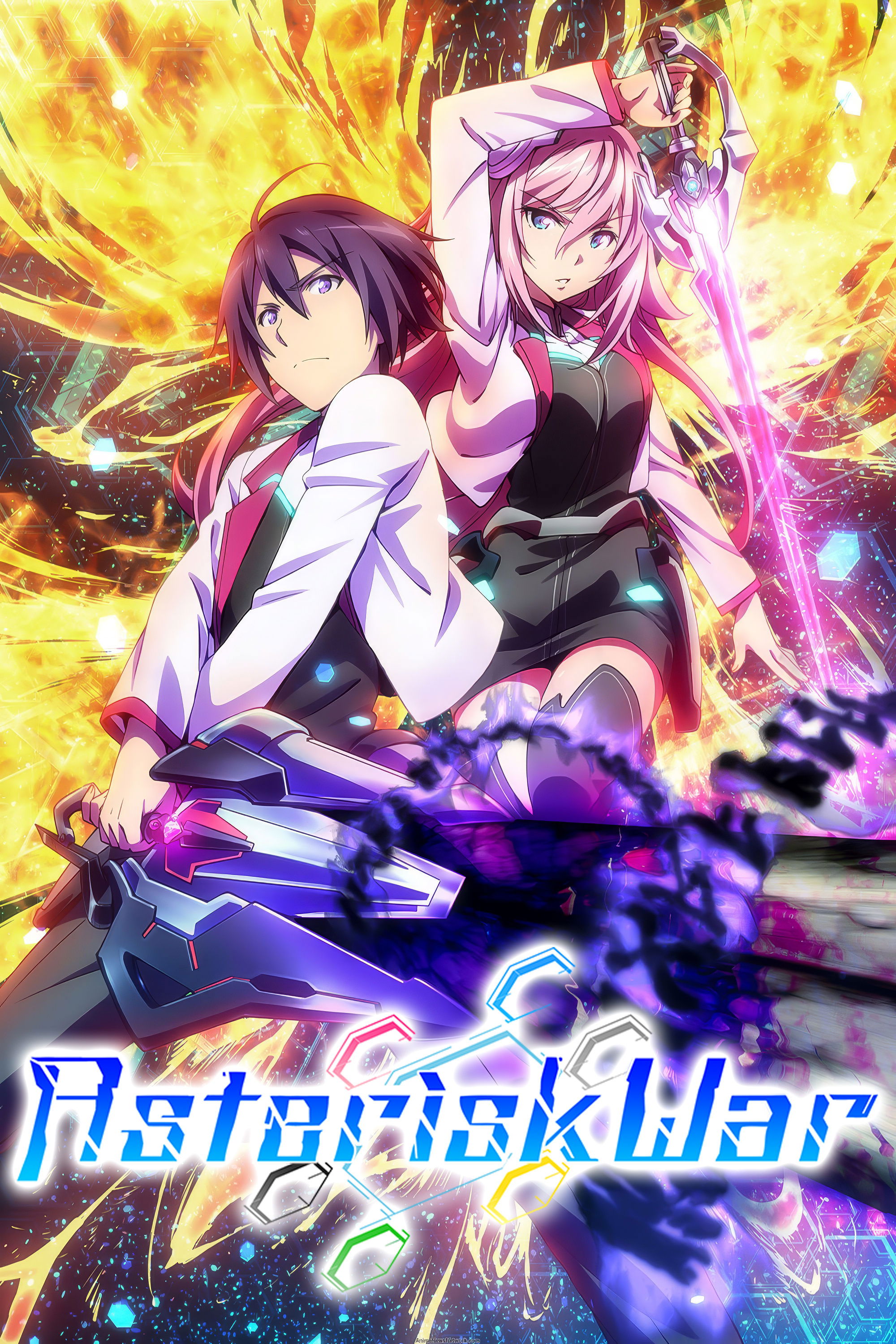
‘The Asterisk War’ features a new student arriving at an academy where students battle each other to climb the ranks. This concept is similar to many popular magical school stories. The show uses common elements like team battles, school rankings, and a large festival event, hitting familiar story points quickly.
The series features students with unique weapons, a powerful student government, and sponsorships from corporations. Each story arc focuses on tournament-style competitions, deals made to allow students to fight, and everyday life in the school. While it shares a lot of similarities with other anime about battle academies, it offers a fresh setting and a new look.
‘Chivalry of a Failed Knight’ (2015)
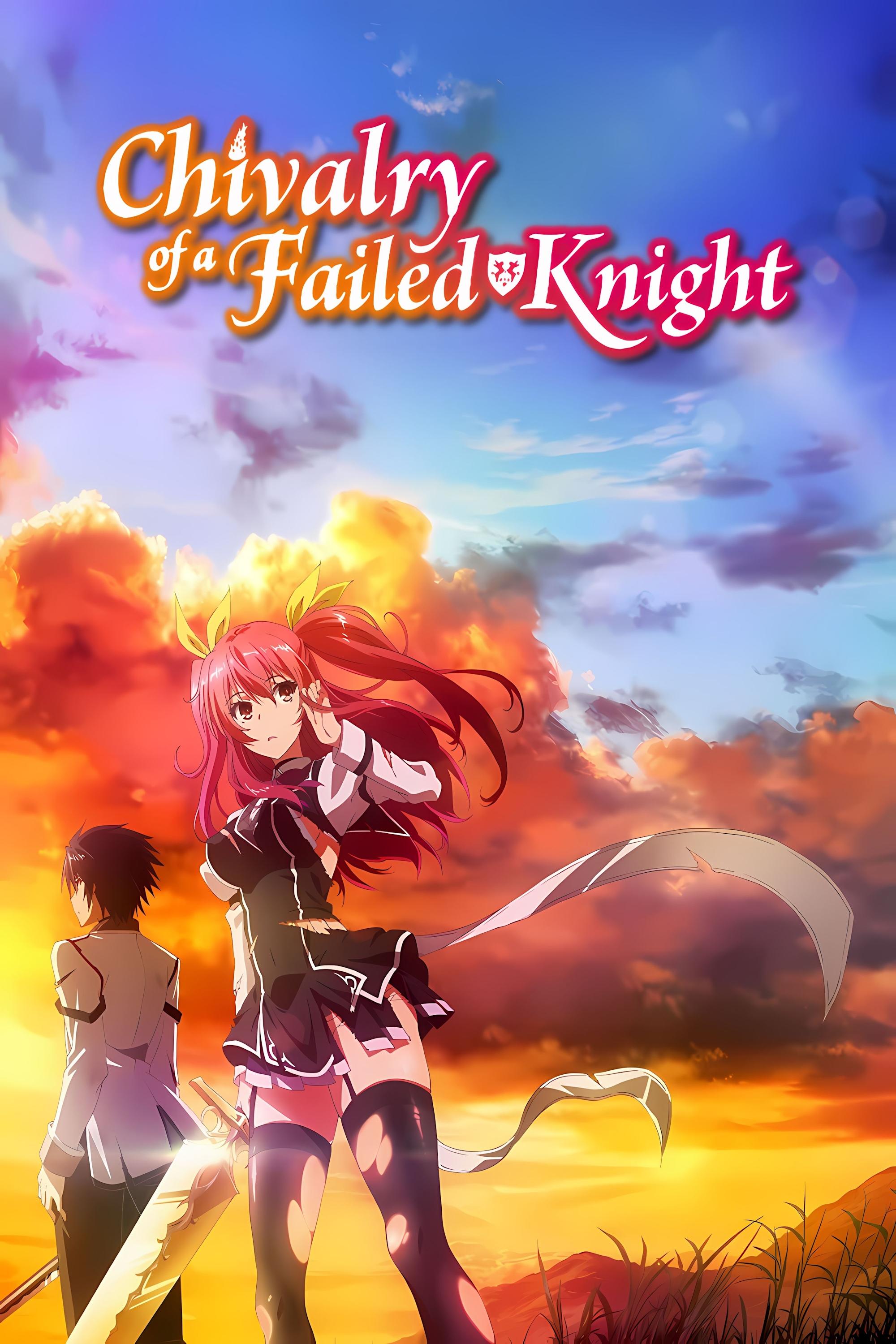
“Chivalry of a Failed Knight” shares a lot of similarities with “The Asterisk War,” which aired around the same time. Both anime center on a male protagonist who appears weak at first, a strong and energetic female lead, and a national tournament to determine the best student. The initial meeting between the main characters – a case of mistaken identity leading to a sword fight – unfolds almost exactly the same way in both series.
The game closely follows the typical growth pattern seen in these kinds of stories. Training focuses on mastering skills rather than just getting stronger, team battles emphasize teamwork, and the tournament structure includes revisiting old rivals. This makes it simple to compare the events of each episode to other similar fighting academy series.
‘Tokyo Ghoul’ (2014–2018)
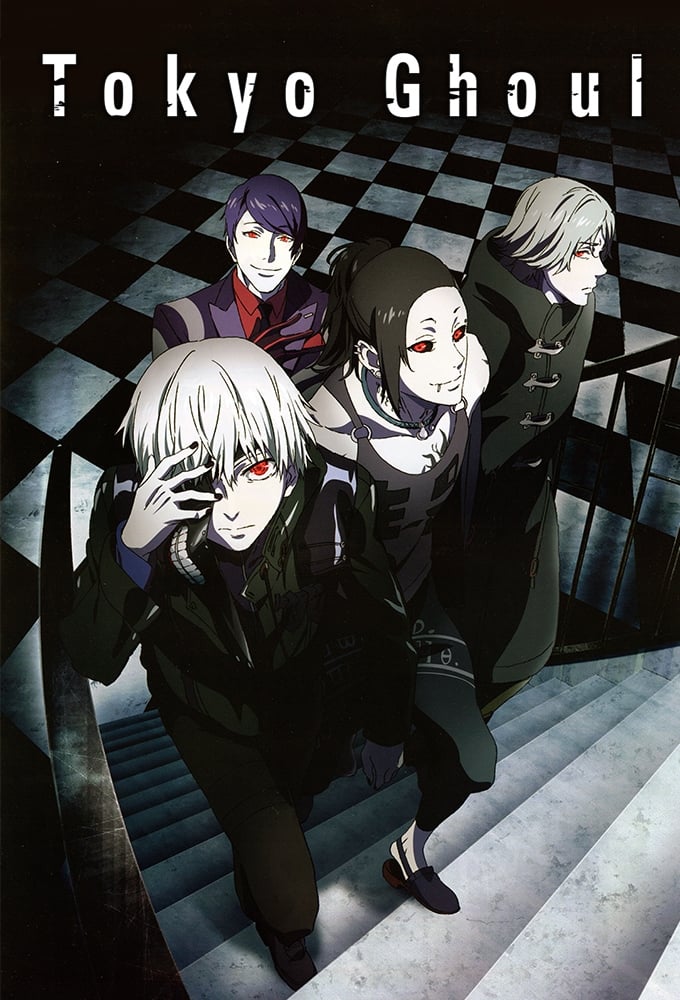
‘Tokyo Ghoul’ centers around a college student who is transformed into a half-human, half-ghoul creature after a life-threatening incident. He then discovers the hidden world and strict rules governing these creatures. This storyline is similar to anime like ‘Parasyte’ and ‘Devilman’, which feature humans becoming hosts to powerful, otherworldly beings and struggling to maintain a normal life while facing conflict from various groups.
The show also features a hidden, self-contained world with its own rules. Like previous series, it includes established territories, powerful figures who enforce those rules using unique weapons, and arguments about the ethics of survival. Investigators act like organized trackers, and characters use masks and aliases to conceal their identities. The story unfolds in a familiar pattern: an introduction to this world, a period of adjustment, and an eventual confrontation.
‘Seraph of the End’ (2015)
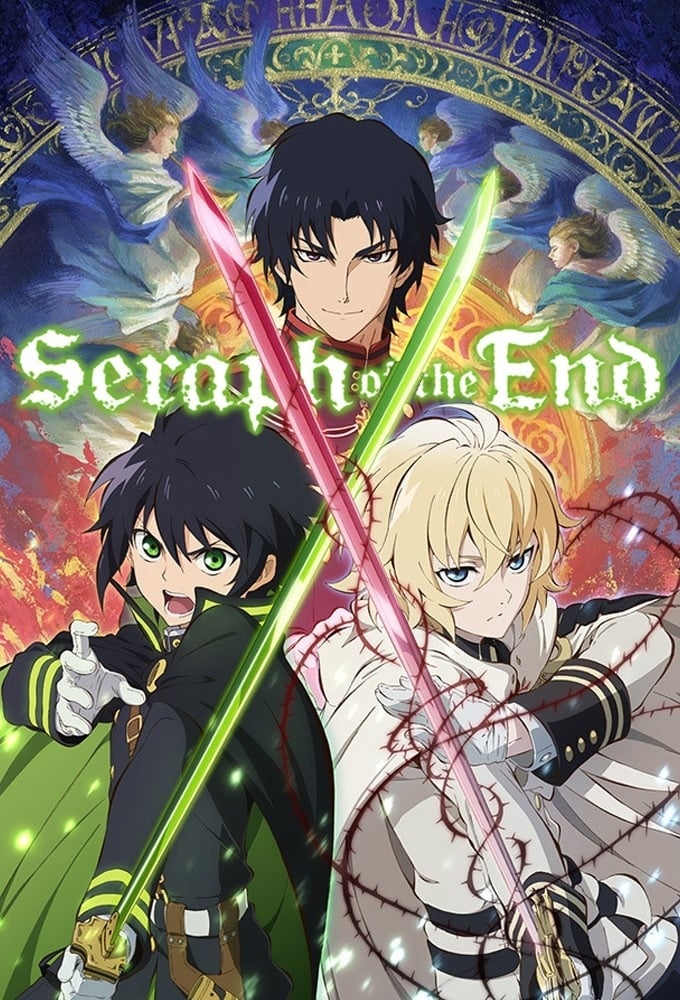
The anime ‘Seraph of the End’ begins after a devastating pandemic wipes out much of the population. The remaining children are forced to become soldiers, and the story follows a protagonist determined to get revenge on the powerful, monstrous beings who now control the world. This setup is similar to other stories about humans struggling to survive under oppressive rule, featuring familiar elements like team-based missions, scouting destroyed cities, and specialized weapon units.
The game maintains a constant cycle of progression, with new players joining teams, mastering weapons, and gradually climbing the ranks while competing against others for missions. The relationship between a vengeful leader and a more level-headed companion mirrors dynamics seen in similar post-apocalyptic stories.
‘The Seven Deadly Sins’ (2014–2021)
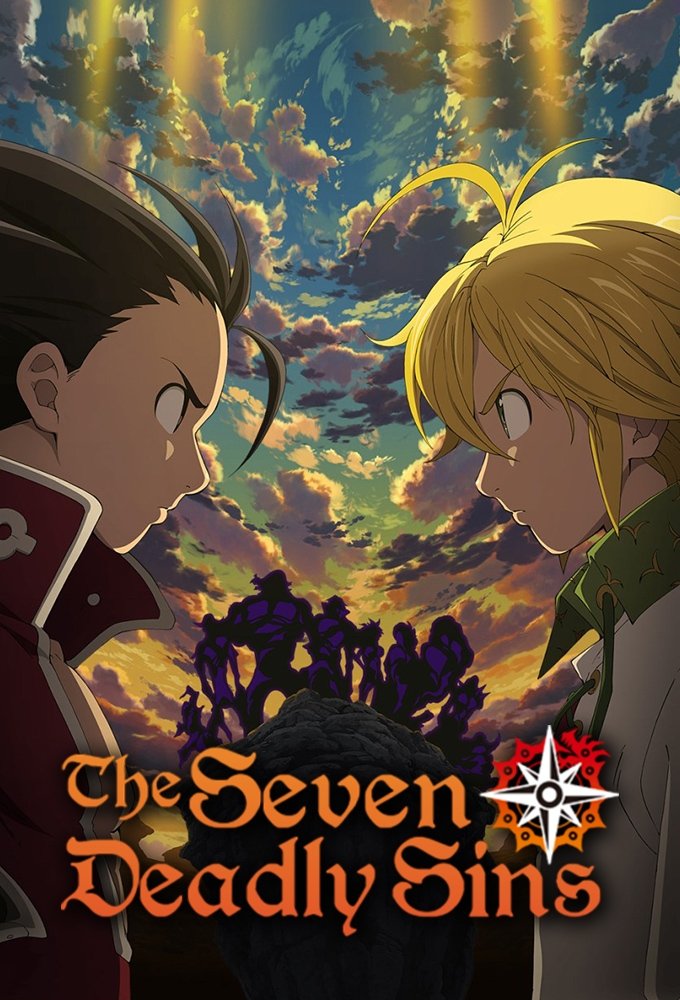
‘The Seven Deadly Sins’ follows a group of strong, unconventional heroes who travel together, completing jobs and forming close bonds along the way. Their adventures start small, with individual missions and lively tavern visits, but gradually build into massive conflicts that threaten their entire world – a pattern similar to adventure anime like ‘Fairy Tail’, where friendships and self-contained stories lead to epic, world-altering events.
Key elements repeat throughout the game’s different parts. Players join named teams with unique symbols, gather at familiar bars that act as headquarters, and compete in regular tournaments that bring fighters together. Each character’s story is revealed through flashbacks, similar to how previous games developed their casts’ histories.
‘Bleach’ (2004–2012)
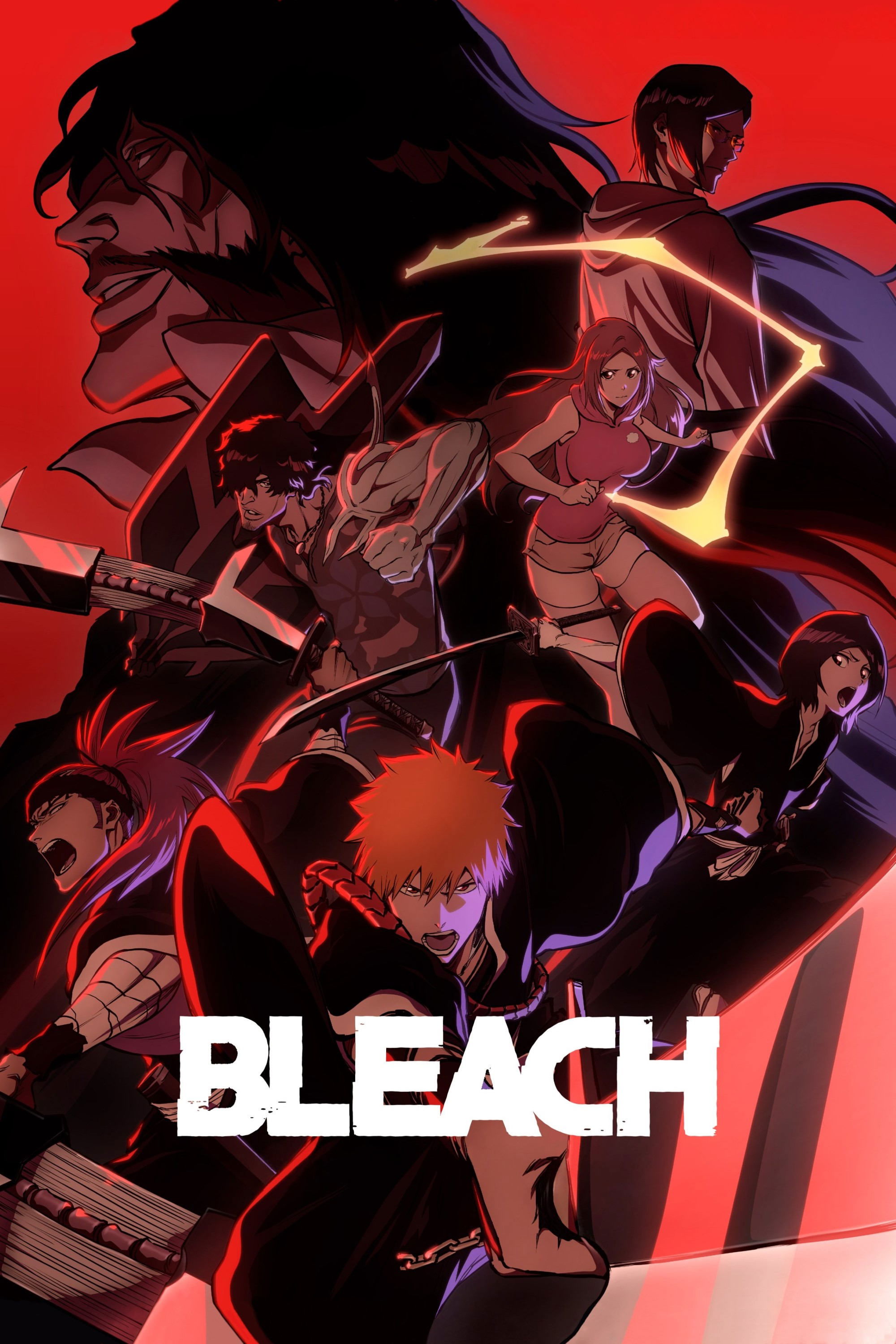
Bleach builds on the idea of spirit guardians with a military-style organization featuring squads, ranks, and captains. This structure feels similar to Yu Yu Hakusho, where a teen works in the spirit world, participating in competitions and facing powerful enemies. The clear ranking system and frequent challenges for advancement strengthen that connection.
The story’s structure – including its focus on saving characters, organized enemy groups, and gradually increasing power levels – feels familiar, building on ideas from previous action anime. The progression from small-scale conflicts to a major otherworldly setting is a path others have taken, but this version is larger in scope and features unique sword-based combat.
‘Fairy Tail’ (2009–2019)
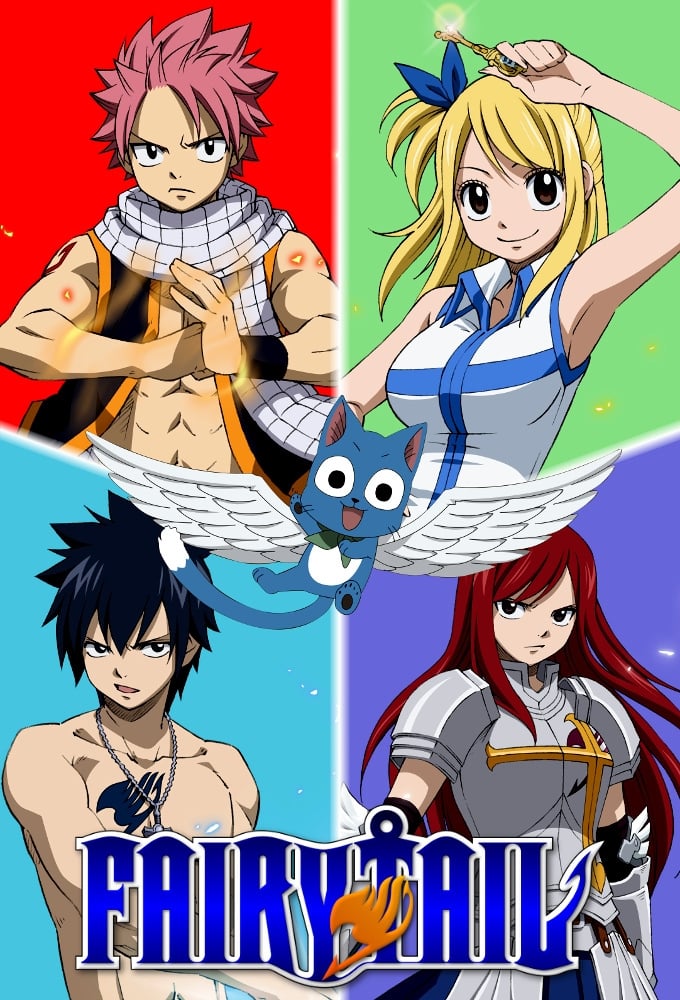
As a huge anime fan, I’ve always loved ‘Fairy Tail’ because it’s about this guild – basically a team – that takes on jobs and feels like a real family. They hang out together, celebrate, and always have each other’s backs, especially when facing tough battles. It reminds me a lot of ‘One Piece’ and other long-running adventures where you see a group of friends grow over time, taking on quests and chasing rewards together. It’s that strong sense of community and teamwork that really makes the story work.
Storylines often connect in surprising ways. Events like tournaments and guild member trials hint at past adventures, and even new enemy allies have ties to earlier stories. The way characters combine their powers in exciting attacks echoes popular team-up sequences from previous action series.
‘Sword Art Online’ (2012–2020)

‘Sword Art Online’ traps players inside a virtual reality game where dying in the game means dying in real life, and they must progress by defeating bosses on each level. This concept is similar to earlier works like the ‘.hack’ series, which explored players grappling with strange glitches, lost memories, and online personas that felt increasingly real. The games share common elements like finding rare items, navigating guild rivalries, and dealing with unexpected data issues.
The story continues to jump between different games, a feature players have already seen. After the first storyline, the characters enter new virtual reality games with unique rules, but their past actions still have an impact. This combination of romantic subplots, collecting powerful items, and facing challenging villains follows a familiar pattern established in the original online series.
‘Great Pretender’ (2020)
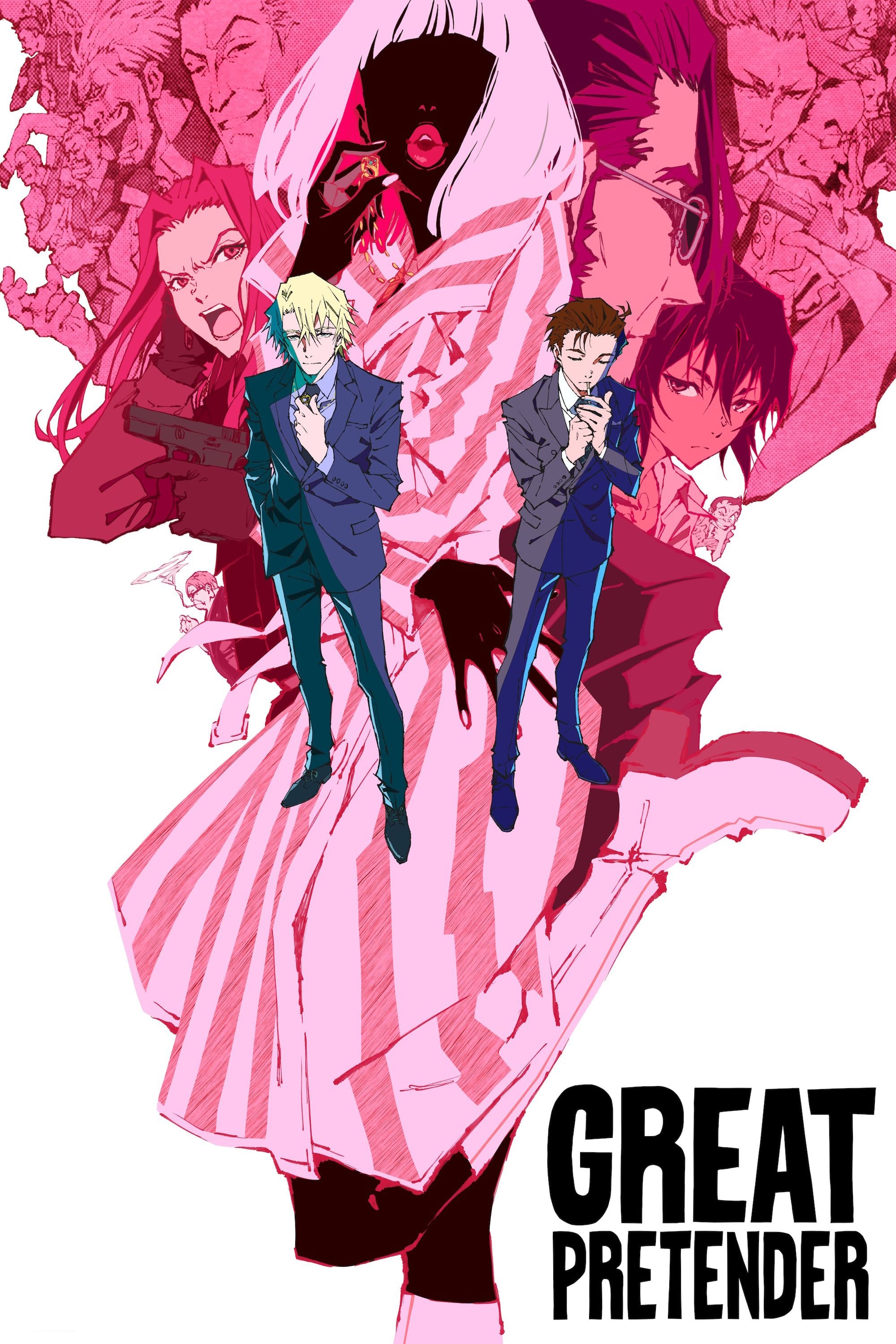
‘Great Pretender’ features exciting international adventures filled with disguises, betrayals, and a charismatic thief who takes on a promising apprentice. It has a similar vibe to ‘Lupin the Third’, combining thrilling heists with travel-focused stories, where each scheme unfolds with surprising twists and turns.
The way these jobs are structured is similar to classic heist stories. They typically involve scouting the target, setting a trap, a slow build-up, and a final reveal that connects everything from the beginning. We also see familiar elements like recurring enemies, close calls with the police, and a cool, satisfying ending – all of which create the same exciting rhythm that made old heist anime so popular.
‘No Game No Life’ (2014)
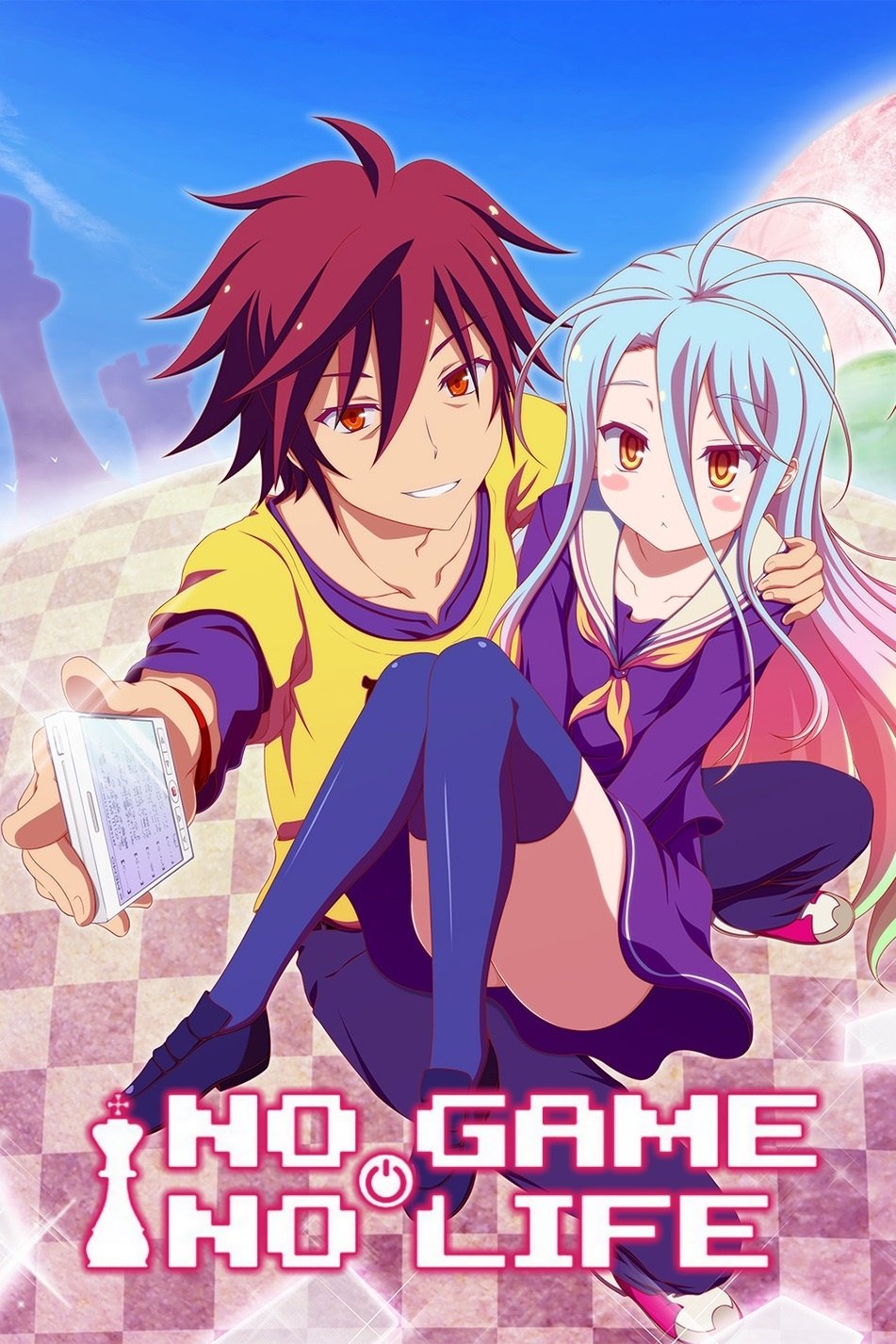
‘No Game No Life’ places two siblings in a world where all disputes are resolved through games and bets. This idea is similar to other shows featuring incredibly skilled players who challenge established systems – think of series that use games like chess or contractual agreements to decide political matters. Just like those shows, the outcomes of each game in ‘No Game No Life’ directly change the rules of the world.
The episode follows a familiar structure: characters learn the rules, discover a weakness, and a past event explains how to win – a trick that was hinted at from the beginning. We see new allies and creatures join the competition as the characters climb the tournament ranks, all aiming for the ultimate prize. It’s a clear rehash of a well-established formula for this type of game world.
‘Soul Eater’ (2008–2009)
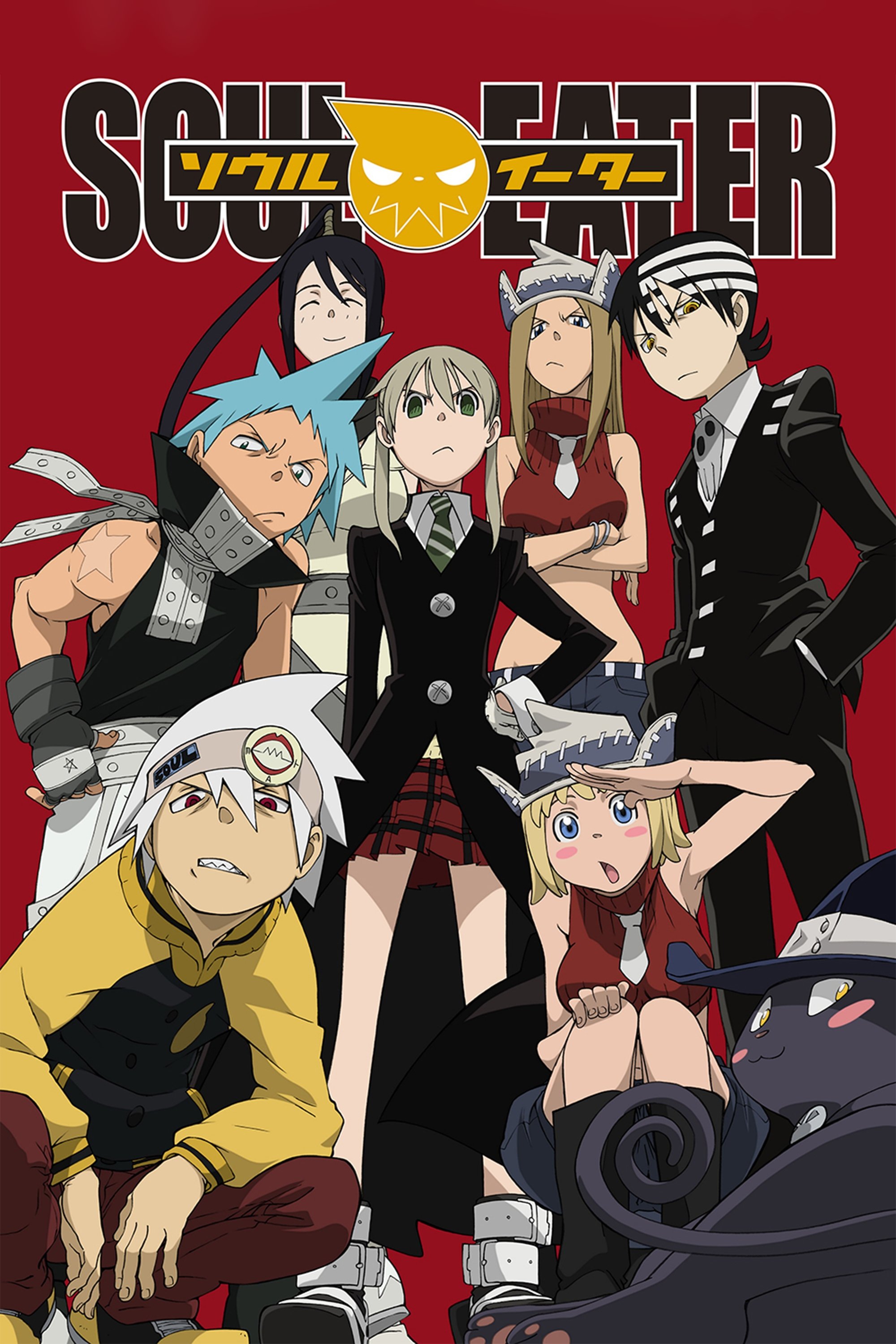
Soul Eater features a school where students team up with weapons that are actually alive. They gain power by collecting the souls of enemies. This concept of balancing school life with dangerous missions – like fighting monsters, taking exams, and completing assignments – is similar to other shows that combine education with supernatural battles. The use of mission boards and three-person teams really highlights those similarities.
The game’s pacing feels like a series of exciting events, similar to festivals or reaching school milestones. Players gain abilities through special connections, teachers have hidden pasts, and the main enemy uses psychological tricks that affect everyday school life. The concept of a school campus as a battleground isn’t new, as similar ideas have been successfully used in action comedies before.
‘Radiant’ (2018–2020)
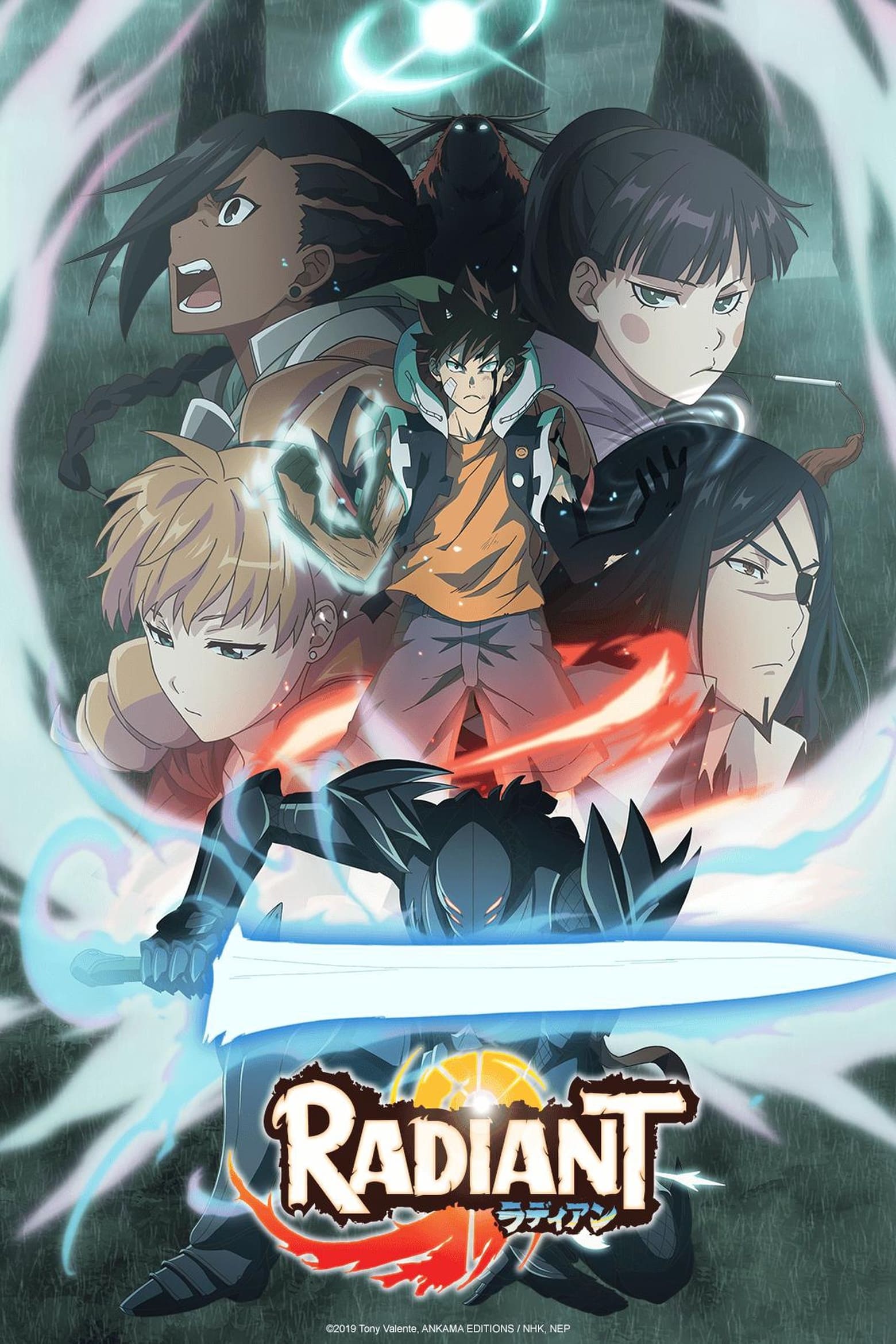
“Radiant” tells the story of a boy who hunts down the origins of monsters while mastering a type of magic that many people distrust. The way the story unfolds – with the main character joining a team, traveling between cities, and completing quests – feels similar to anime like “Black Clover” and “Fairy Tail.” The contrast between official magic users and those who hunt them also echoes classic themes of law versus rebellion.
The game follows a classic adventure formula, with journeys, competitions, and urgent missions. Players will learn powerful spells from experienced teachers, encounter recurring opponents in different locations, and be pursued by a mysterious group connected to a unique personal challenge. This creates a predictable but enjoyable cycle of skill-building and rescuing communities.
‘Kill la Kill’ (2013–2014)
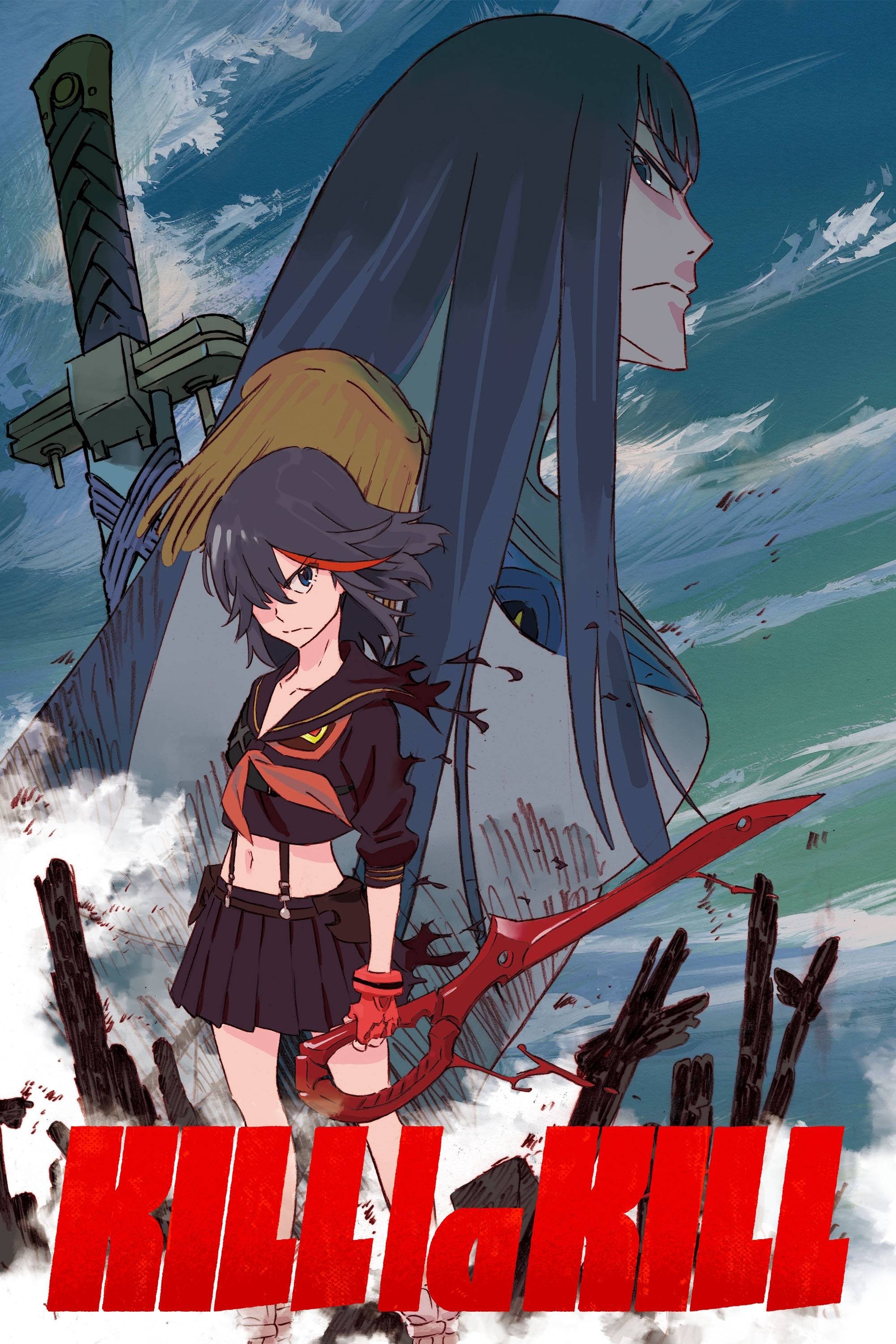
‘Kill la Kill’ follows a familiar pattern seen in shows like ‘Revolutionary Girl Utena’, focusing on intense battles within a school setting. A new student arrives and challenges the school’s controlling student council, gaining power through fights and sparking a rebellion that upends the established hierarchy. The school’s club leaders, each with unique costumes, act as powerful opponents, similar to boss battles in a video game.
The story follows a familiar pattern of uncovering family connections that change how the central conflict is viewed. Instead of magical symbols, characters identify themselves with unique clothing, and long competitions are condensed into shorter, more intense periods to build excitement. The core rules are still based on school regulations, but they’re presented with a more dramatic and energetic style.
‘My Hero Academia’ (2016–2024)

‘My Hero Academia’ follows a boy who lacks a natural superpower but gains one through another person, and then enrolls in a hero academy. This school organizes students into classes and sends them on internships, mirroring the familiar classroom setups seen in other action-packed anime. Even events like the school’s sports festival feel like classic moments used to highlight characters’ skills and progress.
Many superhero stories for young characters follow familiar patterns: villains forming alliances, heroes learning from experienced mentors through internships, and taking exams to earn their professional licenses. We also often see rivalries built on clashing personalities or hidden family histories, which feels predictable to viewers familiar with this type of story.
‘Btooom!’ (2012)
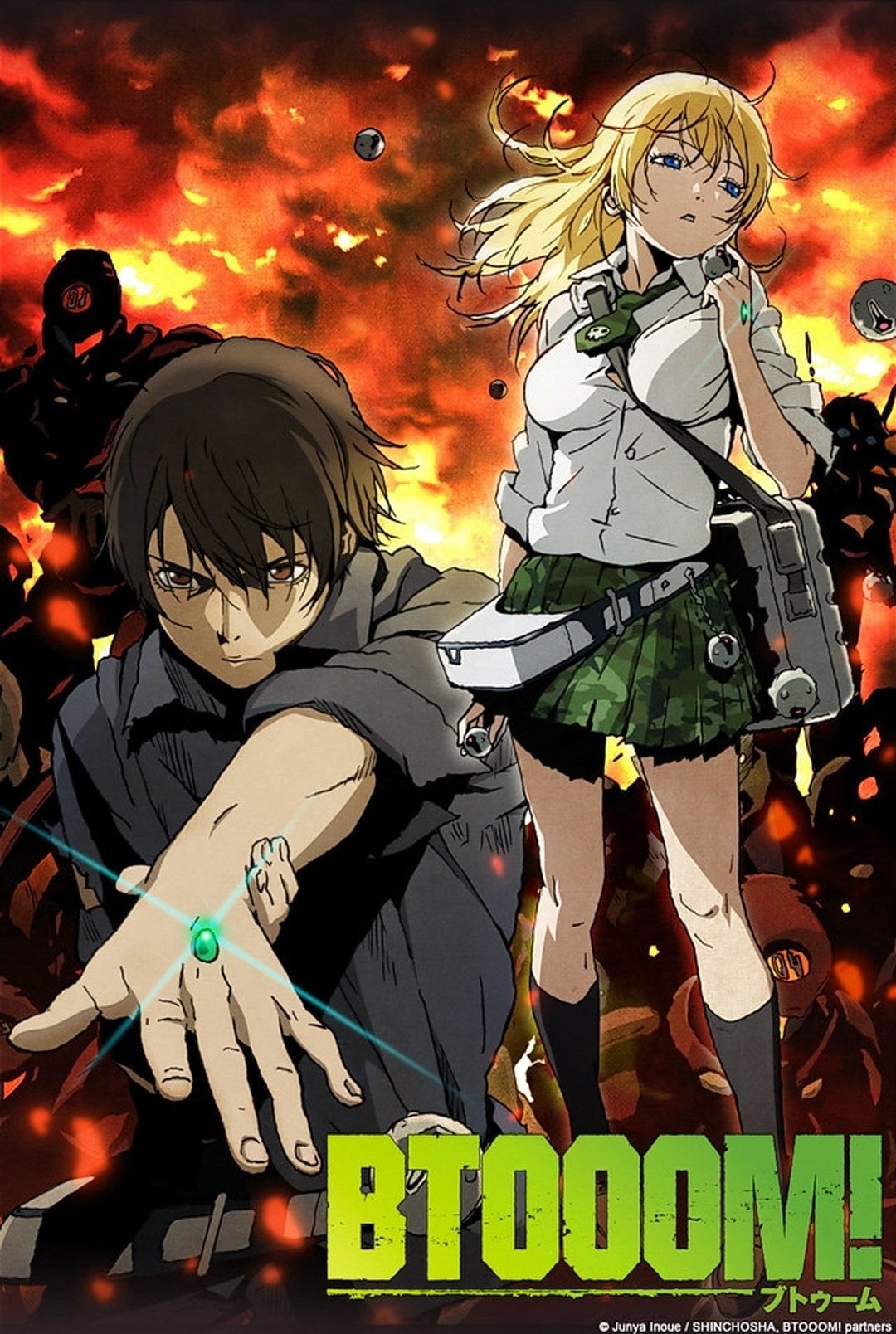
‘Btooom!’ throws players into a dangerous island game inspired by bomb-themed videos. Each player starts with a small set of weapons, and the gameplay – including eliminating opponents, tracking scores, and forming (and breaking) alliances – is similar to classic survival shows where participants are monitored with tracking devices by a game master.
The show follows a predictable pattern: a chaotic start, a period of teamwork, and a final rush to escape. It uses common survival game elements like supply drops and battles for territory – ideas we’ve seen in other animated series before.
‘KonoSuba’ (2016–2017)
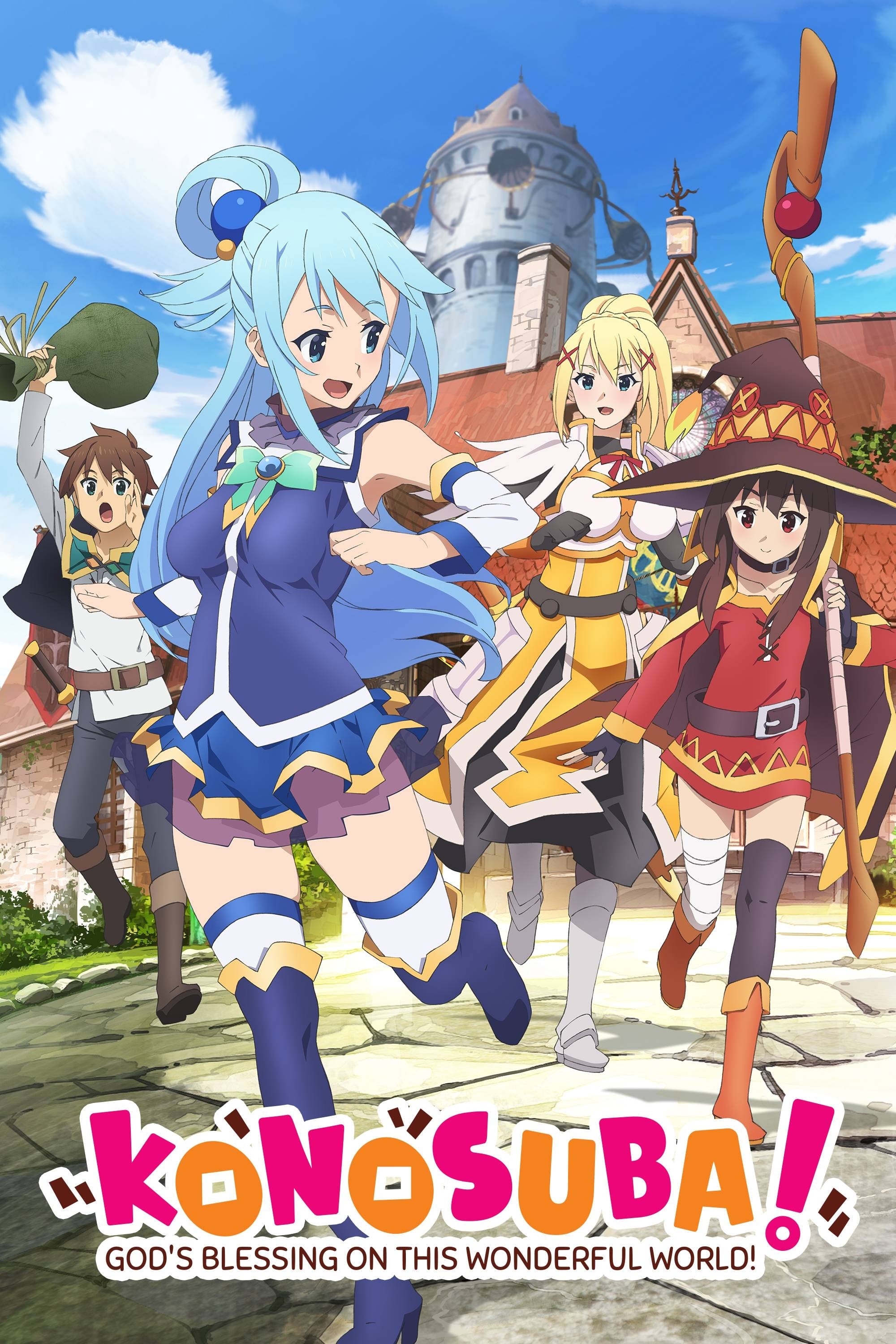
‘KonoSuba’ starts with a character dying and being transported to a fantasy world by a goddess, complete with typical RPG stats. This setup – someone being sent to another world – is common in many shows now, building on ideas first popularized by earlier series. The story then follows a familiar pattern of taking on quests in towns and exploring dungeons, with a group of characters filling the usual roles like fighter, magic user, and healer.
As a huge fan of these kinds of stories, it feels a lot like playing a role-playing game. The beginning is all about simple missions and learning the ropes – usually with some funny accidents along the way! Then, as you get better, bigger problems start showing up, like this whole demon army thing. It’s definitely got a lot of humor, but underneath it all, it follows that familiar pattern of getting stronger and tackling increasingly difficult challenges that you see in a lot of these ‘transported to another world’ shows.
Read More
- Silver Rate Forecast
- Gold Rate Forecast
- Красный Октябрь акции прогноз. Цена KROT
- Navitas: A Director’s Exit and the Market’s Musing
- Unlocking Text Data with Interpretable Embeddings
- 2026 Stock Market Predictions: What’s Next?
- VOOG vs. MGK: Dividend Prospects in Growth Titans’ Shadows
- Ethereum’s Fate: Whales, ETFs, and the $3,600 Gambit 🚀💰
- XRP’s Wrapped Adventure: Solana, Ethereum, and a Dash of Drama!
- Itaú’s 3% Bitcoin Gambit: Risk or Reward?
2025-10-10 16:48